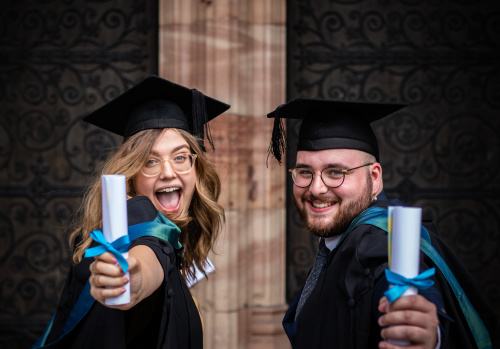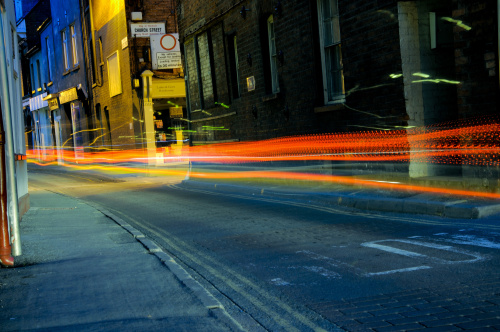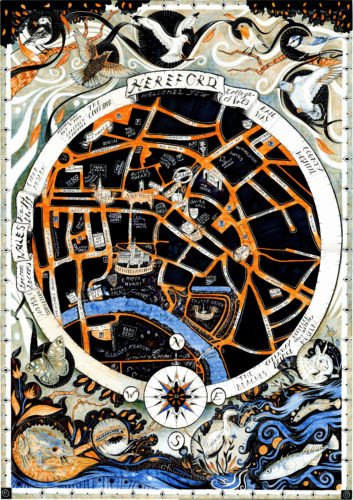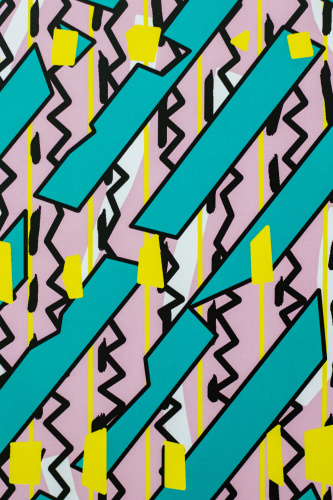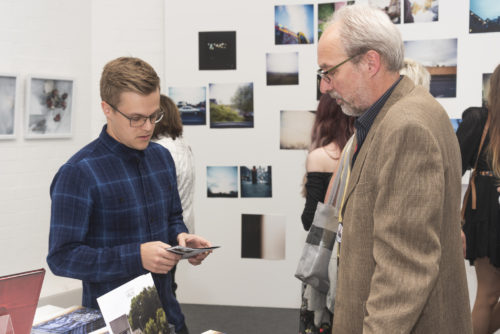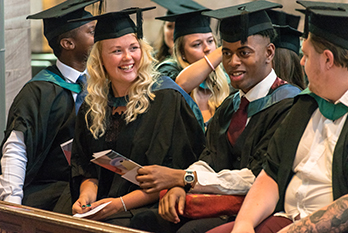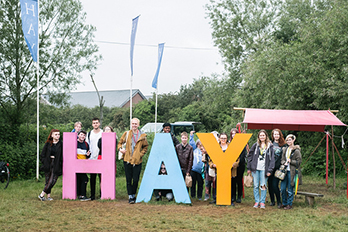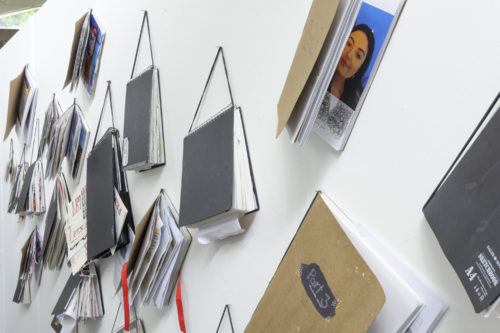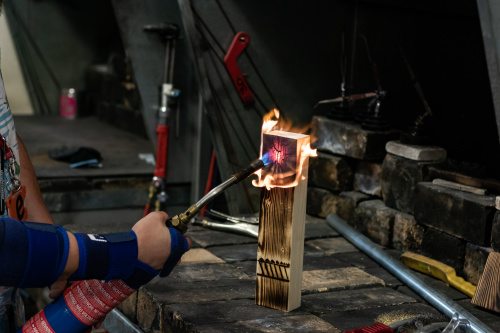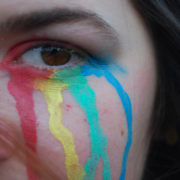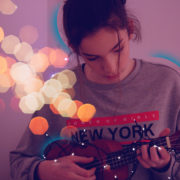Creative Lunch: Herefordshire Narratives
Published on 02.02.18
This January we held a further ‘creative lunch’ – an inspiring day of intercrossing narratives, stories, and ideas. Particular thanks must go to Lucy Jones and Rebecca Finney for bringing their ideas around landscape into our college community and, in Rebecca’s case, for sparking the whole thing off during a conversation in December around rural
Categories
This January we held a further ‘creative lunch’ – an inspiring day of intercrossing narratives, stories, and ideas. Particular thanks must go to Lucy Jones and Rebecca Finney for bringing their ideas around landscape into our college community and, in Rebecca’s case, for sparking the whole thing off during a conversation in December around rural activism and the political nature of landscape.
The idea of college really thinking about landscape isn’t new, unsurprisingly for a creative centre rooted in the rural. Conversations about landscape thread through college.
But, with ‘landscape’ being such a vast and complex idea, we haven’t created space to really think about how – and if you think about it, the possibilities of this are exciting – having these many different creative perspectives around landscape, within a very particular area of geology and geography, all in one building at one time.
What did we discuss? Well, there are crossing points and pathways emerging from a very complex interwoven set of conversations, individual experiences, and practices, and perhaps we first need to look at the landscape in terms of:
Deep embodied experience.
Many of us mentioned the effect of the natural landscape on our childhood experiences; the landscape has informed how we understand and read our worlds. If we take an enactive perspective (Jelic, et al. 2016), which argues for a deep interconnectedness between the body and its external context as landscape then our early tacit experiences with a landscape, have informed us through our lives. We both inhabit and are inhabited by our contexts.
Here, considering the differences between a rural and urban landscape is important. Cities are largely commercial ventures; think of the dominant buildings of London – they speak to a capitalist binary. I would argue that although the rural landscape is in no way less political than the urban landscape (London may have the Houses of Parliament, but rural is no ‘common land’, and hedges are no less a signifier of land rights and Enclosure Acts). The rural landscape is owned and pathed and geologically informed no more or less than the city.
Equally, there are rapid transformations and reconfigurations in urban and rural geographies. But, in landscape, the migration patterns and seasonal shifts are differently patterned. The hedge is in constant motion and transformation; it speaks to fossil, snail and birds nest as well as the layers and pattern of geologies. Inhabitants move out and return interdependently; constantly in translation – imperfect, unfinished migrations of hidden things.
Challenge of the open green
Lucy talked about her city-dweller experience causing the ‘challenge of the green’ when arriving in the rural. We discussed clouds and ideas of ownership. Structures of power look different in the rural landscape, and just as looking at the sea or stars can dazzle us with open-ness, so can the geological layers and cloud-spaces of the rural. Hollie talked of her experiences growing up in South Africa, where the country is challenging, unsafe space. We spoke of growing up inhabiting a wild space, looking ‘in’ to the house rather than looking ‘out’.
Our conversations carried on after lunch when Joe pointed out the geological space of Hereford is a saucer; and this reminded me of Vered’s ‘nest’ image (on her website) and her words around how we look ‘in’ to safety as well as looking ‘out’ from it. I thought then of our particular place here in Herefordshire not as ‘nest’, but camera obscura; the lens through which we inhabit space.
Claire mentioned her fascination with W.A. Poucher, photographer of the wild landscapes of Scotland (where she grew up), and the ambiguities of his other work as a research chemist and perfumier; the contrast of the photographer in the landscape and the preconceptions of what a ‘walker’ might be.
Myth and Storytelling
There are stories embedded in the landscape of Herefordshire; individual narratives of movement and migration, folk myth, legend, and magic; they interweave the landscape of our places like footpaths thread the topographies. We can read about them, or tell them and re-tell them, adding to them as we go along. This is something I hope we can explore further; Joe Kerr is a storyteller with a vast historical knowledge of our local landscape. The stories layer the complexities of how we consider our places, but also give us a way to co-create and develop our shared knowledge.
It is telling that ‘rural’ is often seen as static, fixed; but if you dig deep into the stories you learn of huge migrations within individual narratives, unexpected twists in family histories, the linking of places physically (with roads and paths) that follow individual and group migrations – and, crucially, returns. We must not forget that Alfred Watkins (the old, straight track) was a Herefordshire man. There are cycles of practice here, each incrementally changing as myths are created, re-created and thread through the landscape, linking and returning in seasonal patterns…
Walking as transformational practice
…and so we think that will have to walk the landscape seasonally to develop these ideas further. Walking practices are fairly well-established now, and Celia has used walking in her work (which explores critical feminist perspectives to night-walking) for some time. Joe has offered to storytell as we walk, and this seasonal walking space offers us a fluid space that supports dialogue and thought as well as the creation of new stories and creative visual responses.
And so, as we plan, watch this space. If you would like to be updated as to details, please fill in the comments box below. You will be welcome to join us.


